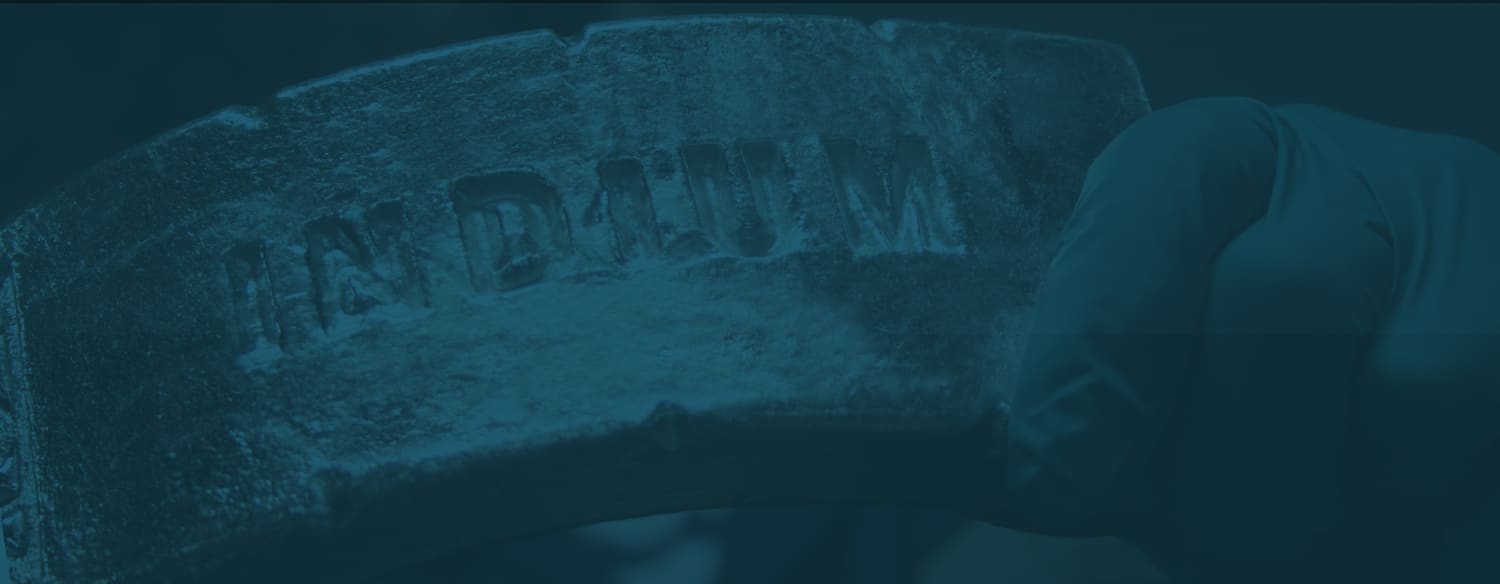Folks,
Professor Patty Coleman is at it again. Let's listen in.....
Monica Reese was conflicted as she sat at her desk. She was excited that Professor Patty Coleman helped her get a job with New England Electronics (NEE), a start-up that took over a defunct electronic assembly mom-and-pop shop. The good news was that NEE had two relatively new lines with good equipment. The even better news was that management had obtained a three year contract to assemble a new type of smartphone.
The bad news was she was the small company’s only process engineer and their main product had an unusual challenge. It had several components that could not handle more than 220°C. Lead-free solder was a must, of course, and unfortunately, SAC305, with its reflow requirement of at least 225°C, was out. A natural choice would seem to be tin-bismuth solder, which requires only about a 175°C reflow temperature. However, its poor drop shock performance eliminated it, unless a polymer underfil was used on the BGAs. But, that was out, too, as the equipment and process required would result in too-high an assembly cost.
Monica sighed. She didn’t know what to do. She stood from her desk: it was noon and she might as well go to lunch. She decided to go to Simon Pearce Restaurant, even though she didn’t have a reservation. Maybe she would be in luck and they could fit her in anyway. She always found going there uplifting and relaxing. The beauty of the old mill building, the waterfall, the craftspeople making glassware, and the food were all exceptional.
Her heart sank when she walked in the door and saw no available table. Well, she thought, it was worth a try.
As she turned around to leave, she heard, “Monica, come and join us!”
It was her mentor, Professor Patty Coleman. Monica saw that Professor Patty was sitting with her husband, Rob, and a handsome man she didn’t know. There was an empty seat at the table. Monica’s heart leaped for joy at this pleasant surprise.
Patty introduced Professor Guy D’Argent, a new Assistant Professor at the Ivy U Engineering School. Guy was from Belgium.
Monica said to him, “Wow, c'est tellement excitant. Je viens de la ville de Québec au Canada français. Je parle le français comme langue maternelle," which translates to: “Wow, this is so exciting. I come from Quebec City in French Canada. I speak French as my mother tongue.”
Guy responded, “Comme vous pouvez l’imaginer, le français est aussi ma langue maternelle. Mais contrairement à moi, vous n’avez pas d’accent français lorsque vous parlez anglais. je suis impressionné.” Translated, Guy said: “As you can imagine, French is also my first language. But, unlike me, you have no French accent when you speak English. I'm impressed.”
They chatted for a while and Patty said, “Monica, you seem a bit down, what’s up?”
Monica paused, before diving into her challenge at NEE. After Monica discussed the low temperature soldering challenges, Patty said, “Guy, isn’t this one of the topics you are working on with Indium Corporation?”
“Yes, they have a solder paste, Durafuse® LT. It is a mixed solder powder alloy system. It melts at a low temperature, yet has superior thermal cycle and drop shock performance to SAC,” Guy started.
“Wow," Monica said, "that seems almost too good to be true. How does it work?“
“Some metals can dissolve other metals at temperatures well below the melting point of the dissolved metal,” Guy started.
Patty couldn’t help herself. “Tell her about gold and mercury,” she said excitedly.
Guy indulged her. “Gold melts at about 1,064°C, and mercury at -38.8°C. Yet, mercury will dissolve gold at room temperature. Artisanal gold miners use this phenomenon in their gold mining. Gold dust is often entrained with dirt, so the miners will mix the dirt with mercury. The mercury will dissolve the gold and the gold mercury amalgam, being heavy, will sink to the bottom of the container. When the amalgam is heated, the mercury will boil off and leave the gold behind. Unfortunately, the mercury vapors are toxic.
“But, this property has been put to good use in Durafuse® LT. Explain how it works, Guy,” Patty requseted.
“In Durafuse® LT, two solder powders are mixed: one, a tin-indium-silver alloy powder, has a low melting point. The other powder, a SAC solder, has a higher melting point. Upon reflowing the tin-indium-silver alloy powder melts at a low temperature and fuses the higher melting SAC powder. This process can take place at peak temperature as low as 200°C,” Guy continued.
“You mentioned that Durafuse® LT has superior properties to SAC?” Monica asked.
“Yes, its drop shock and thermal cycle performances are comparable to and sometimes superior to SAC. See Figures 1 and 2. So, it way out performs tin-bismuth solders in drop shock performance,” Guy responded.

Figure 1. Thermal cycle performance of Durafuse® LT, assembled at different peak temperatures, compared to SAC.

Figure 2. Drop shock performance of Durafuse® LT and SAC.
“It seems that may be the answer to your problem,” Patty said.
“I agree,” Monica replied gratefully.
“Bien, discutons de la façon d'implémenter Durafuse dans votre usine au cours d'un dîner ce soir. Ensuite, peut-être un film, il y en a quelques bons en ville,” Guy suggested.
Translation: “Good, let's discuss how to implement Durafuse® LT in your factory over dinner tonight. Then perhaps a movie, there are a few good ones in town,” Guy suggested.
Monica turned bright red as Patty laughed. Both Monica and Guy had forgotten that Patty spoke proficient French.
Will Monica accept Guy’s offer? Will she implement Durafuse® LT in her factory? Stay tuned to find out.
Cheers,
Dr. Ron


